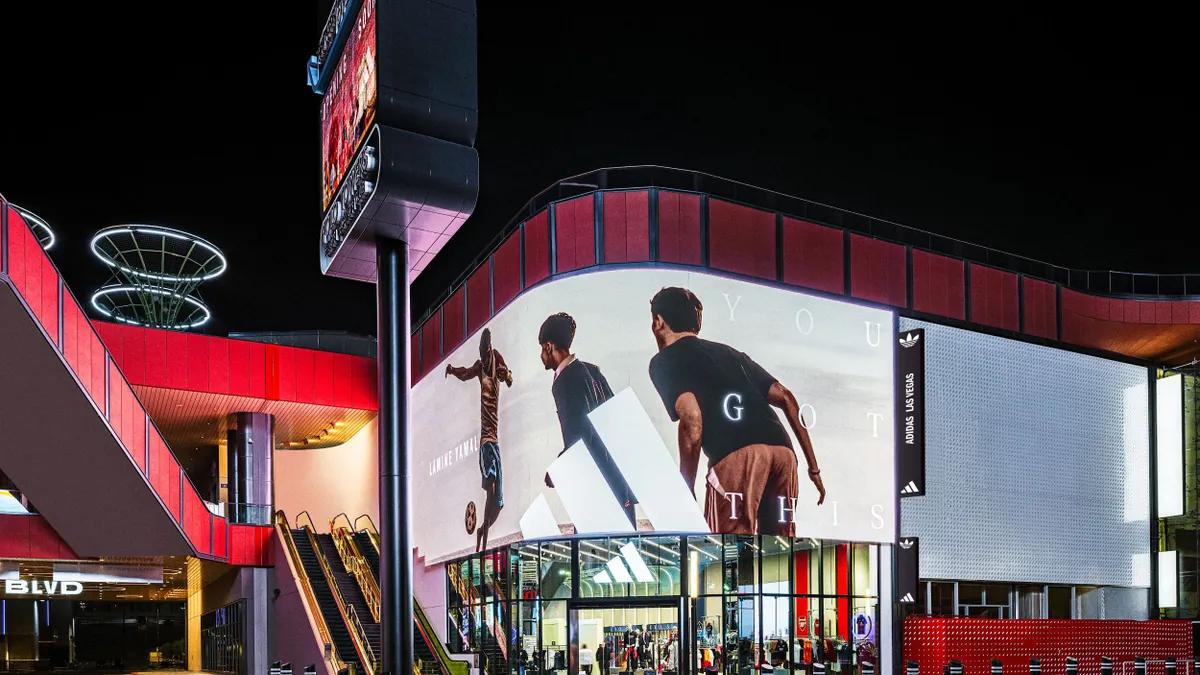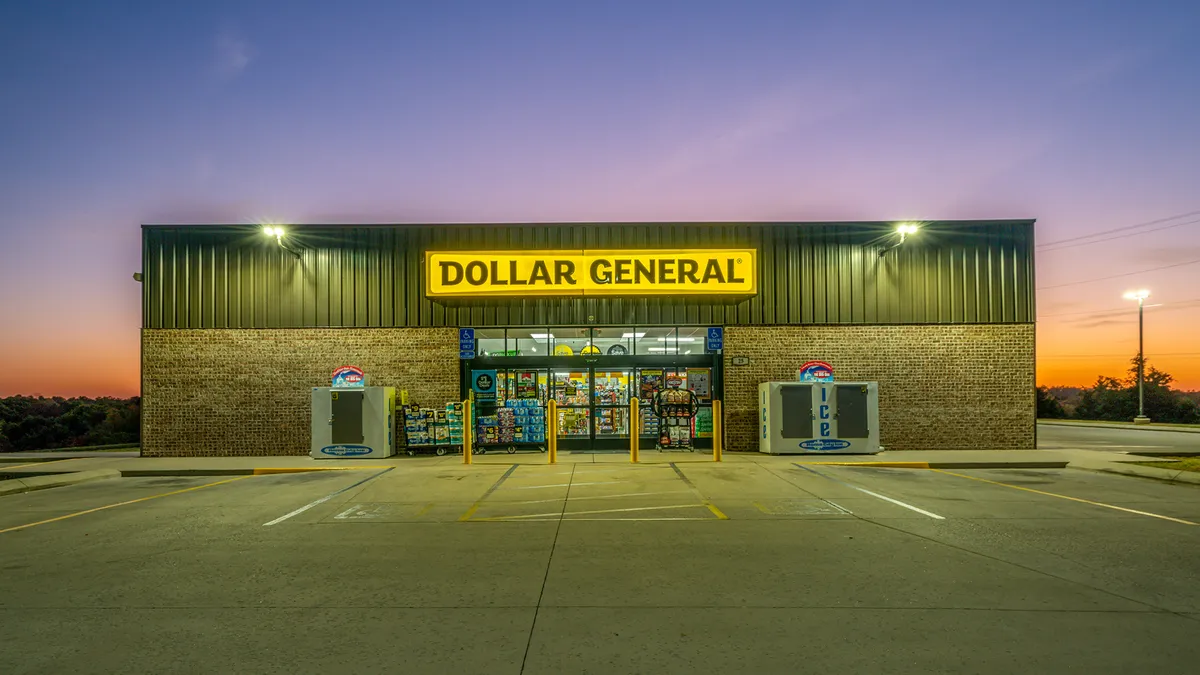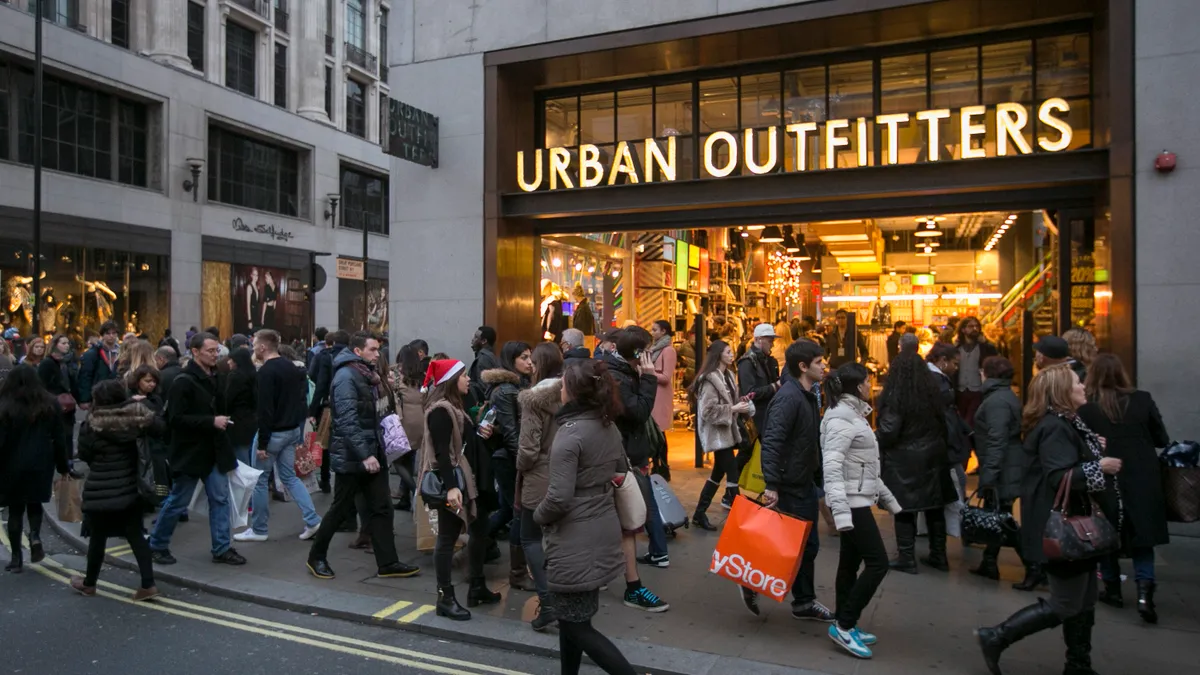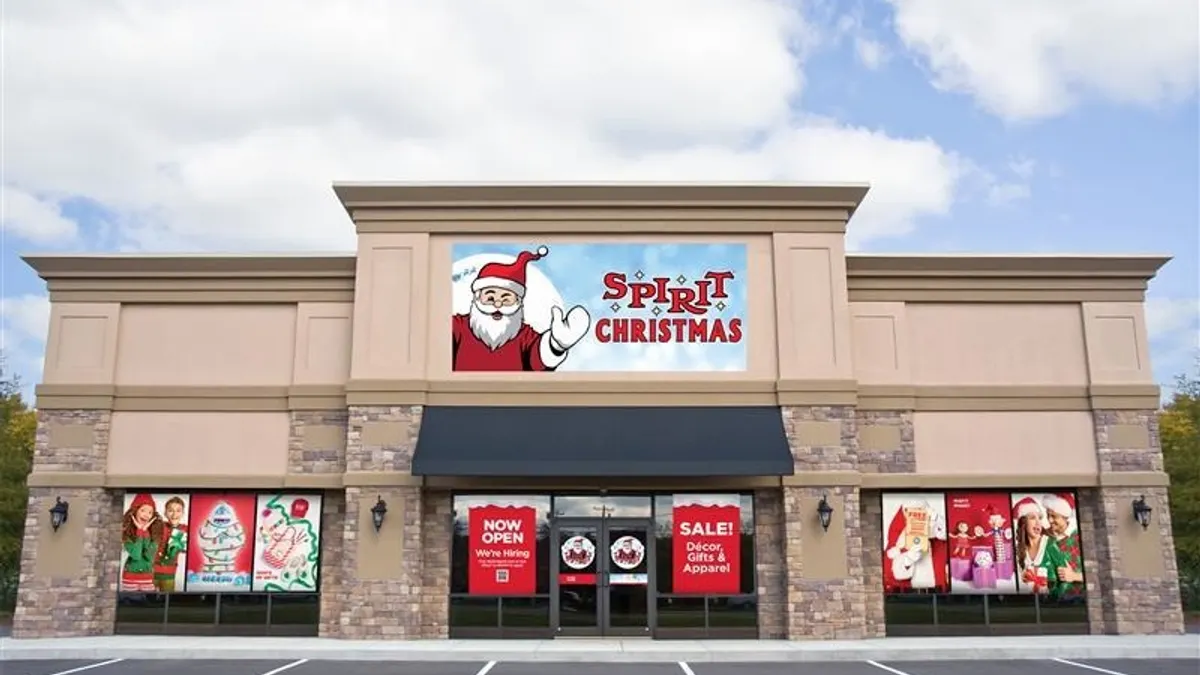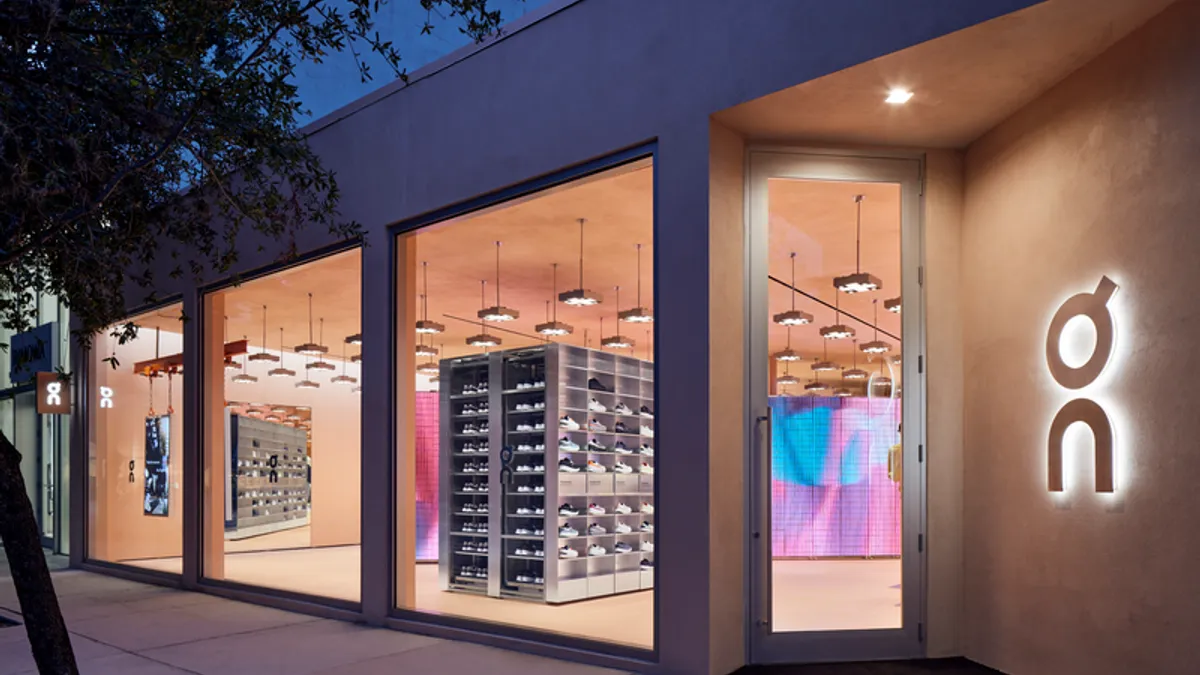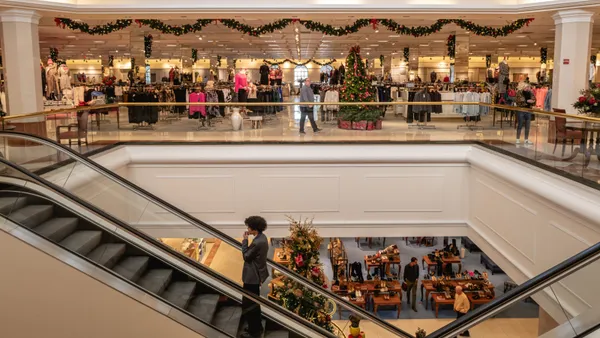With the Trump administration’s approach to tariffs, yesterday’s price is not today’s price.
Retailers may have found this to be particularly true this year as tariff rates have fluctuated at a pace rarely seen before. The on-again, off-again approach has impacted the ability to predict costs of goods from suppliers retailers have typically leaned on, impacting a buying process that often relies on historical data.
Buyers plan out merchandising needs months in advance — examining data from recent years — and look at current trends or predict incoming ones to make decisions.
“Especially for fashion, it's nine to 12 months in advance,” Nikki Baird, vice president of strategy and product at retail technology provider Aptos, said. The new tariff strategy in the U.S. was initially met by retailers with abrupt capacity bets — some of which were placed and then canceled — making for a complicated relationship with vendors, she added.
“It was a lot of scrambling,” Baird said. “I think that it did calm down enough that people were like, ‘I have to just stick with this at this point,’ right? Like, ‘My bets are locked.’ It's sort of like the roulette wheel, like ‘No more, no more bets.’”
The buying process is particularly important ahead of the holiday season. Retailers often have to do more inventory build up with anticipated demand, Baird said.
A majority of retail buyers from a Deloitte survey earlier this year said they’re worried about attaining proper inventory levels, with 76% expressing concern with supplier reliability due to geopolitical tensions. Additionally, respondents said they placed over half of holiday orders by the end of May, which is about two months earlier compared to Deloitte's 2024 survey.
For many businesses, even the biggest players, the swift change to global trade was seemingly a surprise despite the fact that President Donald Trump made it a cornerstone of his campaign. Part of that may be because they've lost some direct influence in shaping regulation.
A new era
Companies across the industry, including Ikea, Best Buy and several off-pricers, have felt the sting of tariff changes this year.
In the past, some businesses have had more influence over regulation through lobbying efforts, which have given them more foresight to plan accordingly, Young Hou, assistant professor of business administration at University of Virginia’s Darden School of Business, said.
“It's good for both the business environment and also for the industry, because you can plan accordingly, and then you can maximize efficiency with the tariffs,” Hou said. “This time, it's very unexpected … and that puts most of the firms in a very responsive mode.”
Many retailers have had to shift their sources of goods to countries with lower tariffs rates — a task made more complex given that one day’s tariff rate can seemingly change in an instant.
Best Buy, for example, has worked to minimize the number of goods it's sourcing from China. As of May, CEO Corie Barry said the percentage of product costs the country represented was approximately 30% to 35%, down from 55% in March.
But industry-wide shock isn’t a new concept brought upon by tariffs.
The COVID-19 pandemic was just one recent upheaval to retail. While tariffs may present a new challenge to traditional patterns of planning and buying in the industry, some experts say it also offers an opportunity to be more strategic.
Efficiency versus flexibility
If anything, the current tariff environment may force some retailers to face an over reliance on efficient supply chains (those focused on the best pricing) versus flexible ones (those set up to source from multiple locations and vendors with flexible lead times), Santiago Gallino, associate professor of marketing at the Wharton School of the University of Pennsylvania, said.
“The reality of the tariffs, and in particular in the way they've been implemented, are not very well aligned with a supply chain approach that is laser focused on efficiency, because it freaks you out,” Gallino said. “And I think what's happening … is that they are rethinking how to balance this trade off between efficiency and flexibility.”
This has resulted in many companies looking to make their lead times shorter, Aptos’ Baird noted.
“If our lead times could be shorter, we could be more agile, and we could be more prepared for shifting gears if need be,” she said.
Not all retailers are in the same position to alter their buying and planning methods though, and smaller companies may be at a particular disadvantage.
In fact, this holiday season may be one of the toughest for smaller retailers.
Over 97% of U.S. import companies are small businesses, according to the U.S. Chamber of Commerce. Additionally, more than 60% of small business owners name tariffs among their top challenges, second only to inflation, per a survey of smaller businesses from Counterpart Insurance.
This could potentially set the stage for some changes in the competitive landscape.
“Different shocks will help firms become more consolidated and I believe this current shock will see a lot of smaller retailers become casualties,” UVA’s Hou said. “We're going to see the larger firms, large retailers come out on top, and … maybe not as a monopoly, but as a stronger, more consolidated player in each of these industries.”







